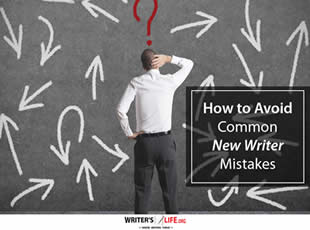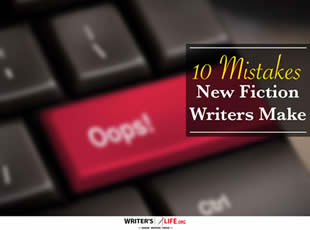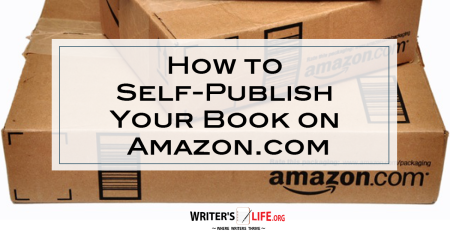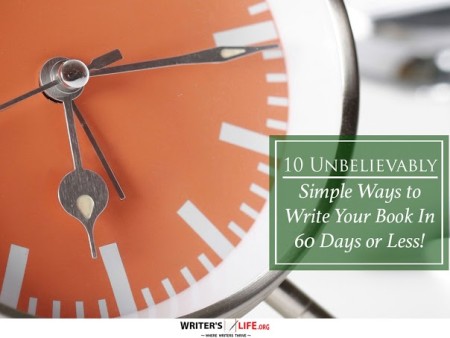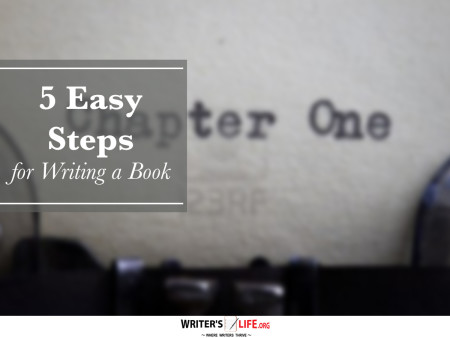- How To Tackle Jealousy In Creative Writing
- Common Submission Mistakes
- How To Stop Your Blog Becoming Boring
- The One Thing Every Successful Writer Has In Common
- How To Make Yourself Aware Of Publishing Scams
- Why Almost ALL Writers Make These Grammar Mistakes At Some Point
- 5 Tips For Authors On How To Deal With Rejection
- Top Mistakes to Avoid When Writing a Novel
- How to Avoid Common New Writer Mistakes
- 10 Mistakes New Fiction Writers Make
How to Connect Book Content to Weekly Email Tips

Connecting book content to weekly email tips is an art that can captivate your readers and keep them engaged. As a writer, your book is a treasure trove of inspiration just waiting to be shared. By crafting thoughtful emails based on your book content, you can offer readers valuable insights—keeping them hungry for more. But how exactly do you transform those rich pages into engaging emails? Let’s dive into effective book content use and email tips from books to keep your audience eager.
Effective Book Content Use for Engaging Emails
Your book is more than just a finished product. It's a binding full of weekly email inspiration, ready to be unlocked. The idea is to repurpose rather than rewrite. Take snippets, quotes, or anecdotes from your book and use them to craft compelling narratives in your emails. These can be as short as a few sentences or as detailed as a mini-essay, depending on your topic and audience.
Consider using book content for emails by extracting key themes from each chapter. This approach not only enriches your emails but also encourages potential readers to explore your book further. Think of it as offering a sneak peek, creating an enticing allure to your work.
Utilizing book content connection strategies ensures that your emails are more than just promotional tools—they become extensions of your storytelling craft. By continuously sparking curiosity, you create value and maintain an active, engaged audience.
Smart Content Integration in Your Email Campaigns
How do you ensure your book content blends seamlessly with email tips? It starts with understanding your audience's needs and interests, a cornerstone of smart content integration. Align your book's topics with what's relevant to your readers right now, adapting them into useful, relatable email tips.
Let’s say your latest novel explores themes of resilience. You could send a weekly tip focusing on personal growth stories or resilience-building exercises. By connecting the dots between these content areas, your emails become not just background noise but a sought-after part of your readers’ inboxes.
Also, don't forget the power of storytelling. Weave personal anecdotes or backstories from your writing journey. This not only personalizes your content but also strengthens the bond with your audience.
Weekly Tips from Book Content: Crafting Engaging Emails
Craft efficient weekly emails using tactics drawn from your book. First, choose a specific topic or theme from your book, which can serve as a foundation for your weekly emails. This focus acts as a guide, ensuring each email has a centralized idea that speaks directly to your readers.
Start small—perhaps pick a compelling quote or concept from your book each week. Break it down into digestible, useful insights. Your readers will appreciate a well-crafted takeaway that enriches their day-to-day lives.
Encourage reader interaction. Include questions or prompts that invite responses and feedback, forming a dialogue instead of a monologue. This tactic not only builds community but also offers you insights into what your readers find most engaging.
Book-Based Email Ideas: Staying Relevant and Interesting
Are you struggling to find fresh email content? Drawing from a vast wealth of book-based email ideas can break that cycle. A captivating approach could be to discuss how your characters’ stories or book events reflect real-world issues, offering a fresh perspective.
Another idea is to share 'behind-the-scenes' insights into your writing process. This transparency can demystify the creation journey and make your readers feel like insiders.
Additionally, invite guest feedback on your content connection strategies. This not only diversifies your monthly email inspiration but also merges external perspectives with your thematic ideas, enriching the overall content experience.
Connect Content to Emails: Practical Steps
Now that we've covered the importance of connecting book content to emails let’s talk practical steps. Begin with crafting a content calendar that aligns your book topics with your email schedule. This foresight will help you maintain consistency and ensure that no gems from your book are left untouched.
- Plan ahead by associating book chapters with specific months/topics.
- Use storytelling to tie historical or fictional events to current trends or seasons.
- Keep emails concise; focus on one key theme at a time.
- Encourage reader interaction with questions or unique insights.
With a solid plan in place, your book-to-email tactics can transform random pieces of content into a cohesive, purposeful strategy.
Want to promote your book after it’s published? Check out our Book Marketing Articles.
According to Wikipedia, storytelling is a powerful tool because it can create an emotional connection between the teller and the listener, making it a compelling choice for your emails.
Frequently Asked Questions About Connect Book Content
Q: How do I begin integrating my book content into emails?
A: Start by identifying key themes in your book that are both central to its narrative and relevant to your audience. Use these themes as a foundation for your emails.
Q: Can I use exact excerpts from my book in my emails?
A: Yes, you can certainly use direct excerpts, but consider adapting them to ensure they fit the email's tone and context, providing added value each time.
Q: What if I run out of content from my book for emails?
A: Expand beyond strict book content. Share related insights, writing processes, or invite audience-driven topics to keep your content fresh.
It's crucial for authors to blend book content seamlessly into emails, maximizing storytelling's potential.
If you're serious about growing your author career, don't miss out on these free tools and templates built specifically for writers. Access all 7 free resources here.



















